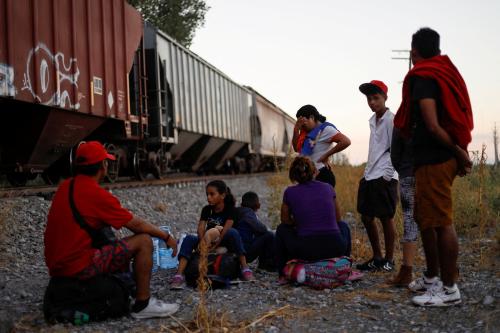Migration is a very old phenomenon; much older than trade and capital flows. Scientists believe that the first massive migration of modern humans happened between 60,000 and 80,000 years ago from Africa to Asia. In modern history, migration has typically been the subject of heated policy and political debates, even becoming the raison d’etre for hundreds of organizations worldwide.
The number of international migrants increased from 75 million in 1960 to close to 250 million today. This has created important diasporas for many countries in the world, both large and small. This trend has been accentuated by the recent refugee crisis, adding about 15 million people to overall migrant figures.
Clearly, this irreversible trend begs the question: Can the growing diasporas represent an opportunity for developing countries in nurturing their home economies? Migrants and diasporas are, to some extent, “unexploited capital,” and the purpose of this document is to explore this growing opportunity.
In this paper, we start by describing the most recent data on migration and diasporas. Then we review different ways through which diasporas can be an asset for the economic development of their home countries. Finally, we suggest guidelines on policies that can be used to utilize these assets.




